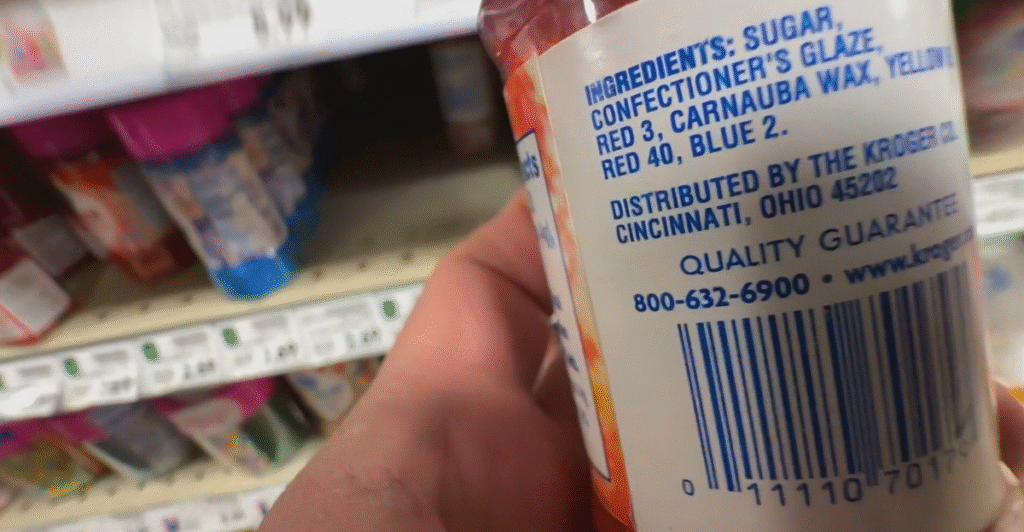
With the FDA’s recent decision to phase out potentially harmful additives from the food supply, petroleum-based dyes have been targeted. The ban on these dyes will affect many different products on the shelves, and companies will have to seek alternative dyes or stop dyeing their products completely. These bans could hold consequences for many popular foods that consumers enjoy.
Anything from colorful candies to everyday foods will challenge manufacturers to reformulate their products, while consumers could see a change in taste and appearance, which could drive them away from their go-to items.
Brach’s Conversation Hearts

A seasonal candy that’s associated with Valentine’s Day could be at risk. Brach’s Conversation Hearts are an American staple and rely heavily on Red No. 3 dye to achieve their iconic vibrance.
The sweet manufacturer now faces a dilemma where it needs to change the dye, which could affect the colors that people have come to recognize. This could alter their appeal for consumers and lower sales if a similar alternative cannot be found.
Candy Corn
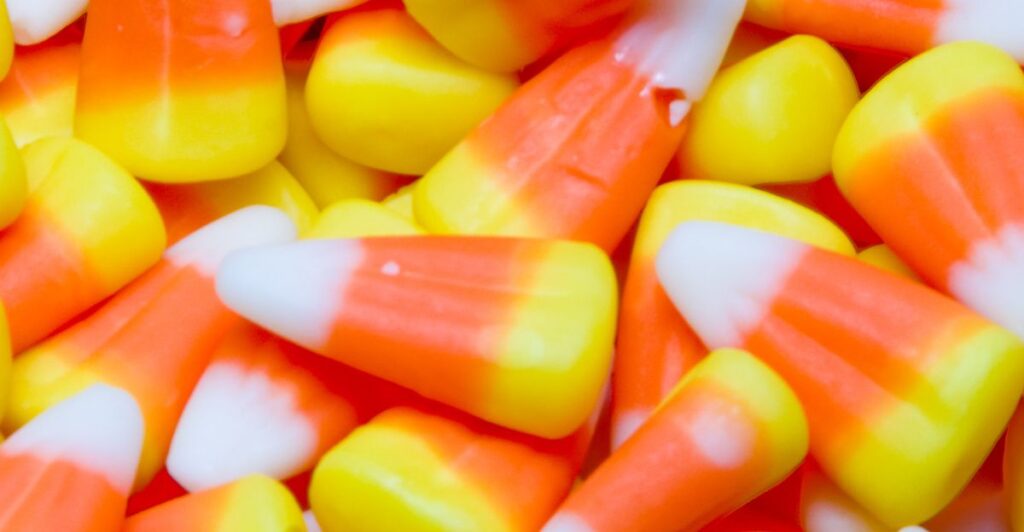
Moving from Valentine’s Day sweets to ones associated with Halloween, Candy Corn has a signature color scheme that has been achieved through two dyes that now face bans – Red No. 3 and Yellow No. 6.
The iconic appearance and taste could be affected by the ban, and muted hues could follow in the future.
Pez Candy
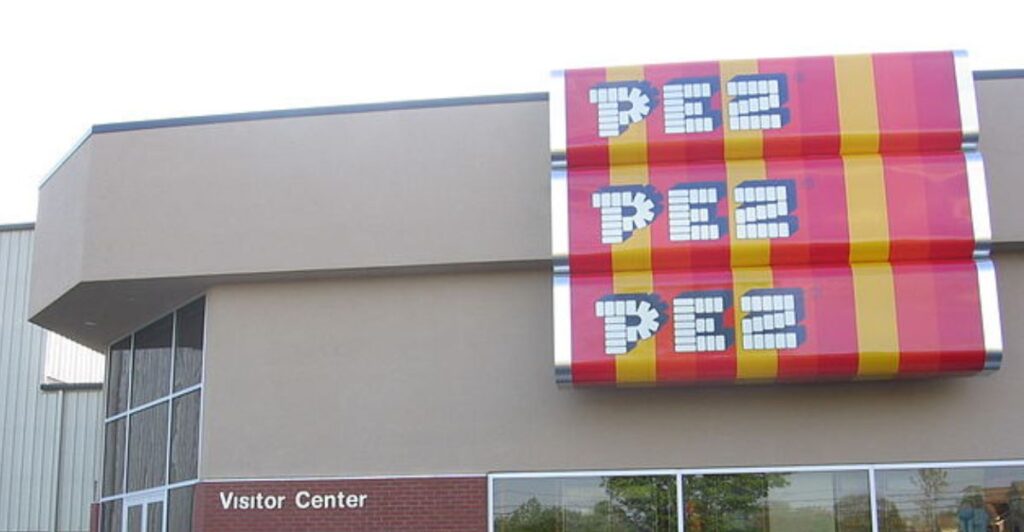
PEZ candies are some of the most iconic sweets in America and are a nostalgic product for many adults. PEZ has historically used a range of synthetic dyes to achieve its diverse and attractive colors.
The FDA ban will force the manufacturer to change its source of dye, having implications for the future of how PEZ may look and taste.
Veggie Bacon Strips
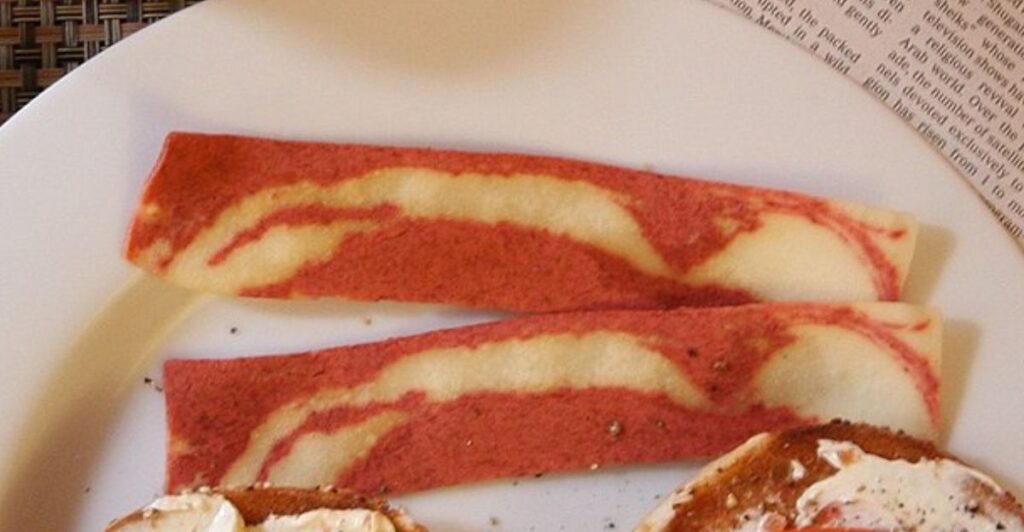
MorningStar Farm is one of the few manufacturers that use synthetic dye in plant-based products. Their Veggie Bacon Strips use dyes like Red No. 3 to achieve a similarly attractive color that real bacon has.
This highlights that synthetic dyes may even be used in healthy or natural products, and means that even consumers who stray away from sweets may be affected by the FDA ban.
Vigo Saffron Yellow Rice
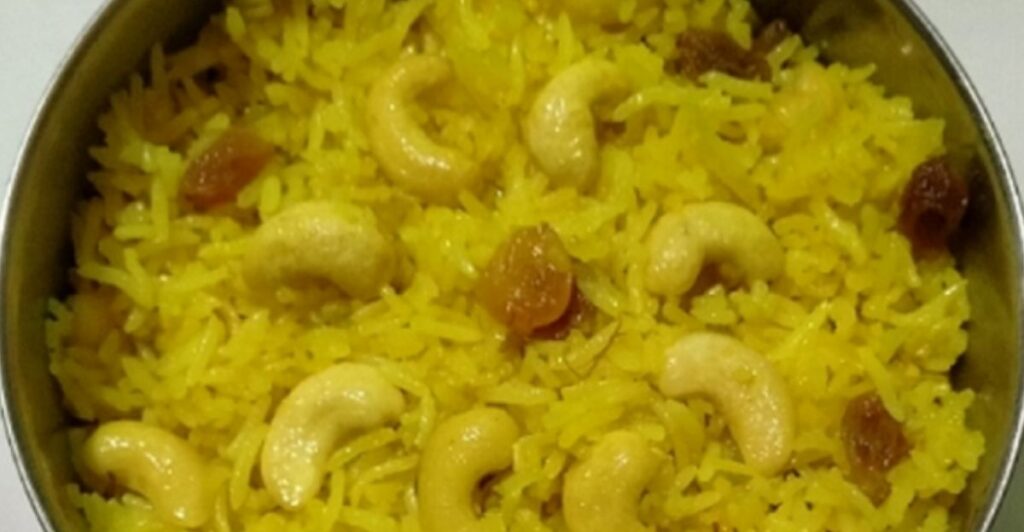
Vigo’s yellow rice actually uses synthetic dye in order to replicate the golden color that saffron rice has. This makes the product more affordable and makes it look appealing to consumers.
The ban affecting products like these creates discourse around the authenticity and cultural representation of ethnic foods. Natural dyes may change the color of the rice, and ultimately, the appeal of the product.
Better Crocker Loaded Mashed Potatoes
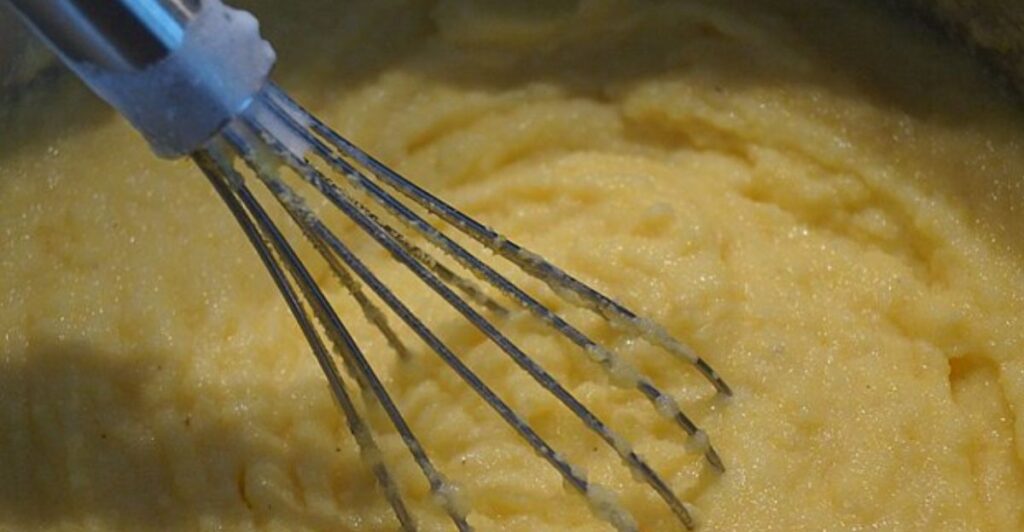
Betty Crocker’s instant mashed potatoes have been an iconic comfort food for many Americans. The product uses Yellow No. 6 and No. 5 dyes in order to enhance the look of the product.
With these bands, the awareness around just how many foods have synthetic dyes is increasing. As these companies look for alternatives, many will have to invest significant research and development in order to find the perfect replacement.
Nesquik Strawberry
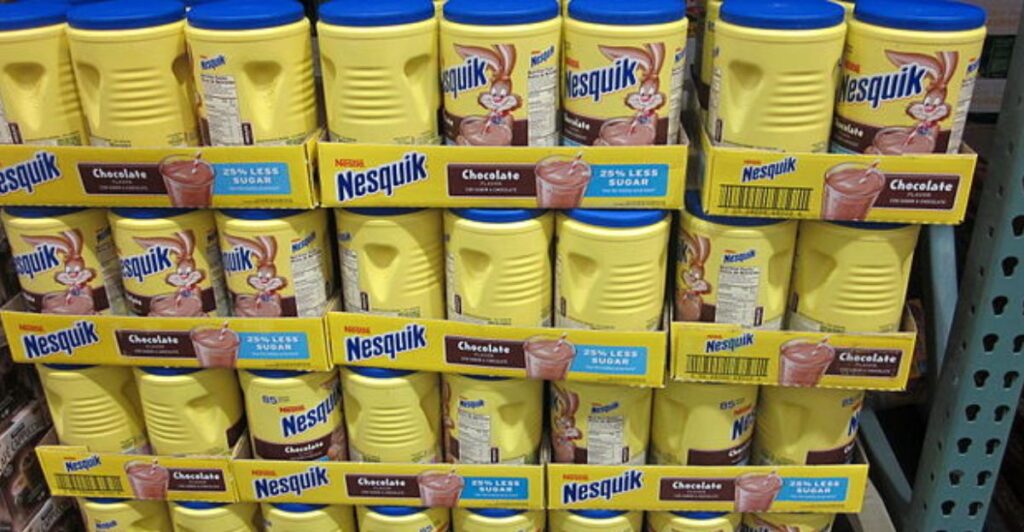
Nequik strawberry has an appealing, rich pink color that consumers can recognize instantly.
To achieve this color, Red No. 3 is used. If the same color can’t be achieved, many consumers’ perception of taste could be altered, showing that visual appeal is an important component in taste.
Nerds Bomb Pop Popsicles
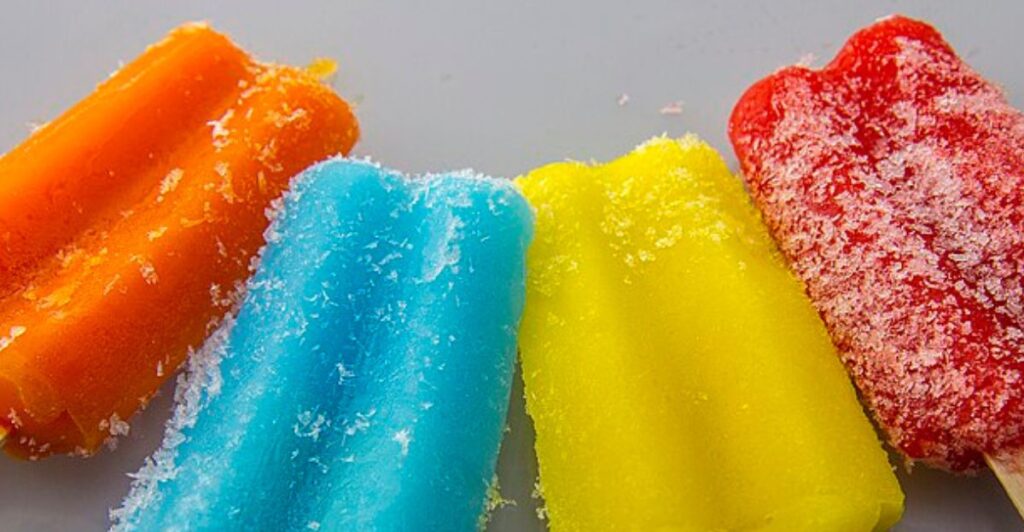
Nerds have had unparalleled colors, catching the appeal of children and adults alike. Their colors are ingrained in the culture of many Americans, but now Nerds Bomb Pop Popsicles will have to cut out Yellow No. 6 and Red No. 3, putting their colors in jeopardy.
This means that even frozen desserts will have to change their dyes in order to meet new regulations.
Little Bites Party Cake Mini Muffins

Even Little Bites Party Cake Mini Muffins aren’t safe from the FDA bans. These delicious muffins use synthetic dyes in their frosting and cake batter so they can be vibrant and appealing to consumers.
Bakeries will now have to rely on natural pigments, which have shorter lifespans and less stable colors. These changes are good for the consumer, but they mean businesses will have to pivot quickly.
Canned Mixed Fruit
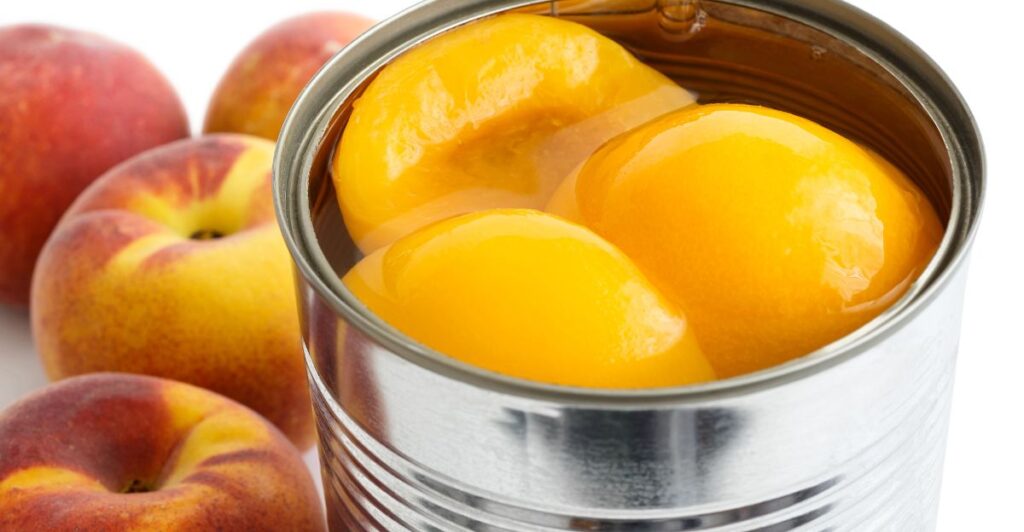
Many people believe that canned fruit mixes are mostly natural, but many companies use Red No. 3 dyes in order to keep them looking bright and appealing while still having a long shelf life.
It exposes many products as using synthetic dyes to create a feeling of freshness to meet consumer expectations. Ethical questions should be raised about whether or not companies should use dyes to enhance the cosmetic appeal of items versus natural preservation methods.
Skittles And Mountain Dew
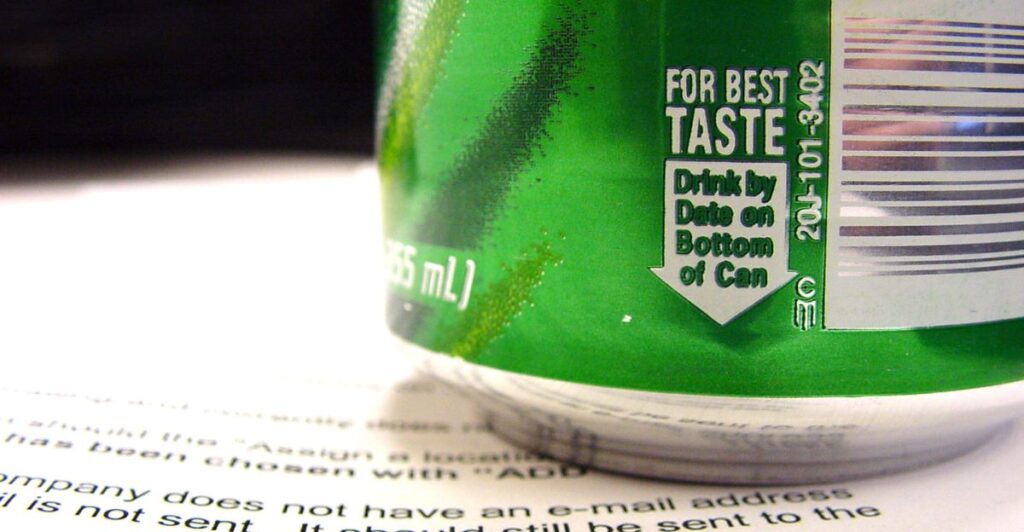
Both Skittles and Mountain Dew are giants in their respective fields, but they will also have to change their production in order to meet regulations.
These companies rely on many synthetic dyes to create their products, such as Red No. 40 and Yellow No. 5. These giants may have to reformulate their production in order to meet the demands of their consumers while adhering to the FDA ban.
Promoting Health
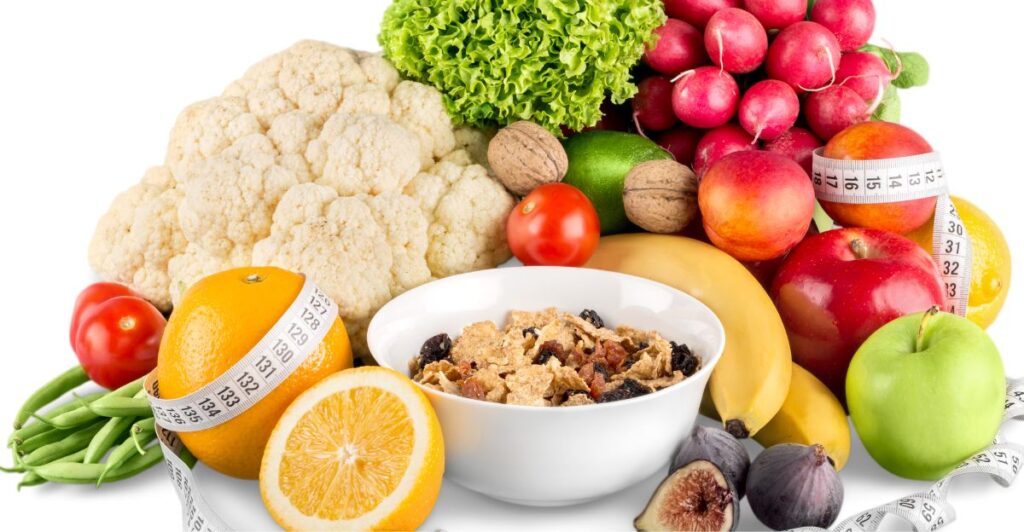
While the ban on these synthetic dyes does promote health, they may not be able to be fully replaced. There is a reason synthetic dyes are many companies’ go-tos. They have unmatched color stability, vibrancy, and cost-effectiveness.
Natural dyes often discolor and degrade much faster than synthetic dyes and limit color vibrancy, stifling creativity in products. The future of many products may look blander and possibly dull in comparison to what they look like now. However, this is all in the best interest of consumer protection.
